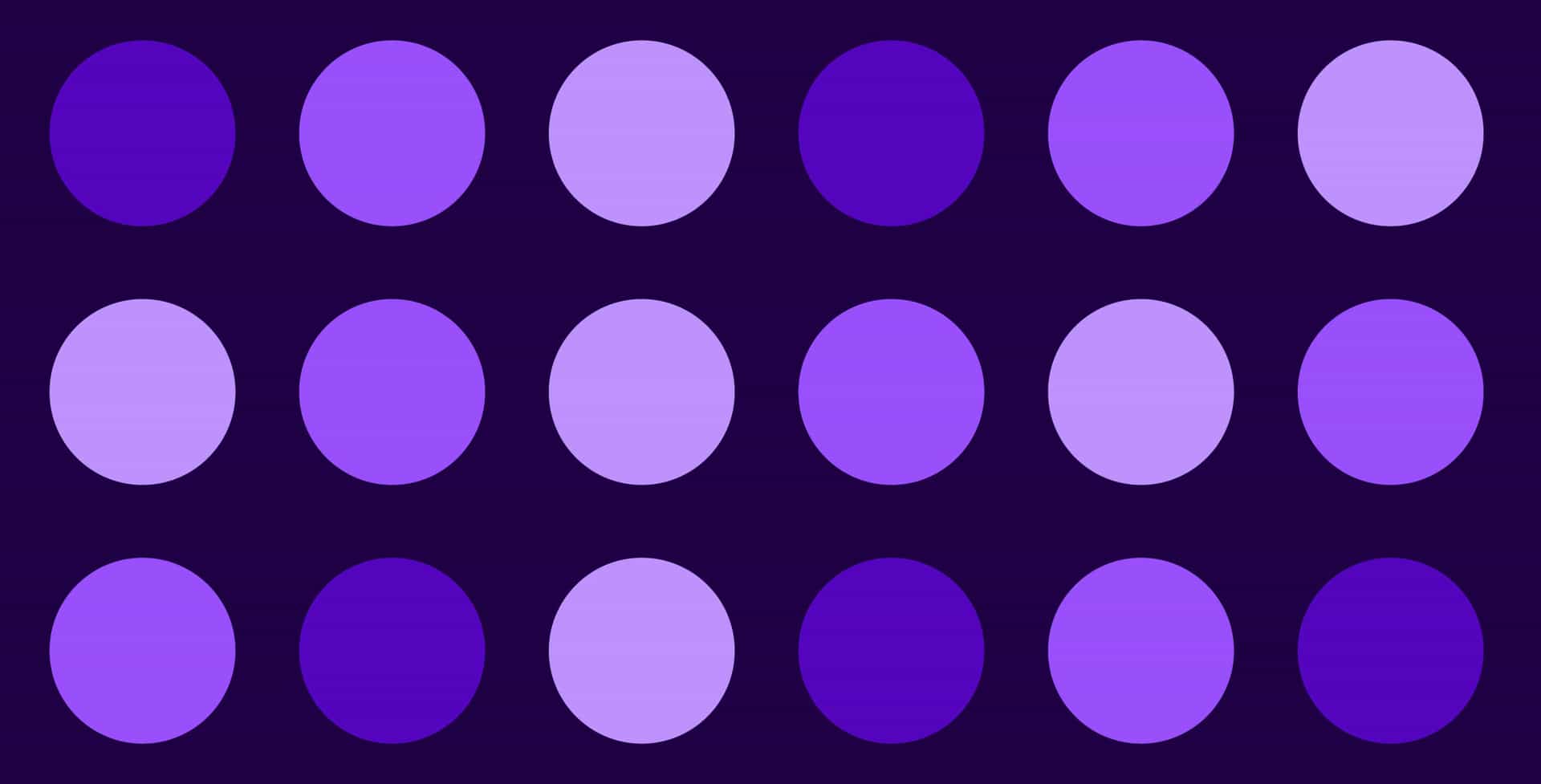The Basics of a Successful Employee Rewards Program

By Shauna Geraghty
0 min read

Reward strategies should be based on years of research dedicated to studying the effects of rewards on employee performance, not the manager’s preference or intuition. Below is information explaining the components of successful employee rewards programs.
Reward Program Types
There are different types of rewards programs that companies can implement. These types are not mutually exclusive, but rather should all be implemented to some degree in order to gain the most desired effect.
1. Individual vs. Team Based Rewards Programs
- Individual rewards – monetary compensation above and beyond salary that is linked to results or accomplishments.This type of incentive program is also known as pay for performance. Examples of this type of reward are: merit pay, bonuses, commission plans and profit sharing. In one meta-analysis, individual based performance programs increased performance by 19% in employees.
- Team-based rewards – monetary compensation that rewards individuals for teamwork and/or rewards teams for collective results.Team-based incentive programs can be extremely effective in increasing individual and team performance. They can also be very effective in shaping employee performance to be more in line with company values and goals. Team-based reward systems have been found to increase employee performance by as much as 48%.
Both individual rewards and team-based rewards have a positive influence on performance, however, team-based rewards can have more of a significant impact on employee performance. Therefore, effective employee rewards programs should include both types of reward programs but should place an emphasis on team-based rewards as they have a tendency to have the largest impact.
2. Competitive vs. Non-competitive Rewards Programs
- Competitive Programs In competitive reward programs, there are a limited number of rewards and not every employee that meets performance standards will receive a reward; only the highest performers will receive the reward. A meta-analysis of employee reward programs found that competitive programs produced a 27% gain in employee performance.
- Non-competitive Programs In non-competitive rewards programs every employee that meets performance standards will receive a reward. Recent analyses conclude that non-competitive reward programs result in a 22% increase in employee performance.
Thus, both competitive and non-competitive reward programs result in significant increases in performance. A comprehensive rewards strategy should include both types.
Schedules of Rewards
Considering when to reward an employee is critical in ensuring the reward system has the largest possible impact on behavioral change. In many cases, the schedule of reinforcement can actually be more influential on behavioral change than the magnitude of the reinforcement. There are two types of reinforcement schedules:
Continuous reinforcement
Continuous reinforcement is when every target behavior is rewarded. An example of this is paying a bonus every time an employee reaches a performance target. This type of reinforcement schedule is very effective in quickly shaping employee behavior when starting an unfamiliar task.
Intermittent reinforcement
Intermittent reinforcement is when the reward does not follow every target behavior response. This type of reinforcement will result in higher frequencies of the desired behavior. It is effective in maintaining the desired behavior after it has become a habit.
There are 4 types of intermittent reinforcement schedules and each has a different impact on employee behavior:
- Fixed ratio – This type of reinforcement schedule is when a fixed number of behavioral responses occur before giving the reward. An example of this is a bonus that is tied to a fixed number of units sold. This reinforcement schedule will increase performance.
- Variable ratio – This type of reinforcement schedule is when a random number of behavioral responses occur before the reward is given. An example of this is gift cards given randomly to employees. This type of reinforcement will result in an increase in desired behavior and the behavior will be more resistant to extinction (weakening).
- Fixed interval – This type of reinforcement schedule is when the first behavioral response after a specific period of time has elapsed is followed with a reward. An example of this is a salary paid on a regular basis. This type of reinforcement will produce an inconsistent performance pattern amongst employees.
- Variable interval – This type of reinforcement schedule is when the first behavioral response after random periods of time have elapsed is rewarded. An example of this is a supervisor who gives praise randomly to excellent employees. This type of reinforcement schedule will result in an increase in desired behavior and is resistant to extinction (weakening).
Continuous reinforcement is very effective in quickly shaping employee behavior until it becomes a habit. Once the behavior has become a habit, variable ratio and variable interval schedules of reinforcement are the most effective schedules of reinforcement. Using these schedules of reinforcement results in the most significant behavior change in employees and this change is most resistant to weakening.
Length of Rewards Program
The length of the employee rewards program has an impact on employees’ subsequent performance. A recent meta-analysis found that, in general, the longer the implementation of an incentive program, the greater the performance gains:
- Long-term incentive programs (last longer than 6 months) increased employee performance by 44%
- Intermediate length incentive programs (last 1-6 months) increased employee performance by 30%
- Short-term incentive programs (last less than 1 month) increased employee performance by 20%
The effect of long term incentive programs may be so robust because they act to continually shape employee behavior in order to make it a better fit for the organizational culture and preferences. This results in work performance that is more in line with company standards and as a result, contributes more value to the company. Thus, when deciding on the length of an employee rewards program, managers should consider making it long term (last longer than 6 months) in order to gain the most desired results.
Rewards’ Effect on Stages of Work
Rewards have a different impact on the employee’s motivation and subsequent performance during each stage of their work. Rewards can act to motivate the employee to:
- Start a new task – In this initial stage of work, rewards serve to promote “buy in” to start a new task. Rewards increase an employee’s motivation to start a new task by 15%.
- Persist – In this middle stage of a task, rewards serve as motivational maintenance. They will contribute to an employee persevering in the face of distractions, challenges and competing work tasks. Rewards increase employees’ motivation to persist on a task by 27%.
- Work smarter – In this stage of a task, rewards serve to increase the quality of the performance on the task. They will contribute to the employee investing more mental effort, thinking of creative approaches to solve problems and strategies to be more effective and efficient. Rewards increased working smarter by 26% in employees.
In sum, rewards have significantly less of an impact on an employee starting a new task (15% increase in performance), than they do in motivating them to persist at the task (27% increase in performance) and to work smarter on the task (26% increase in performance).
Goals of a Good Reward System
Identifying the desired outcome of rewards is essential in developing the most effective rewards program in a company. The goals of a good rewards system should be multifaceted. It should be designed to:
- Attract talented employees – Rewards should be used to entice talented employees to the company or position. Companies should allocate a certain amount of funds to the recruitment and hiring of high caliber employees.
- Motivate employees to perform optimally – Most programs focus on the motivational component of rewards. They use rewards to shape employee behavior in the most desired direction. This outcome should be carefully considered when designing a rewards program.
- Foster personal growth and development – Rewards should be used to encourage and promote personal growth and professional development. When rewards are used to encourage employees to engage in behavior that will increase their work performance, the company ultimately benefits from a more skilled workforce.
- Increase employee satisfaction with their work – Rewards can promote engagement with work, resulting in increased workplace satisfaction. They can motivate an employee to persist in the face of challenges, come up with creative solutions to tackling tasks and encourage them to derive more pleasure with their work.
- Keep talented employees from leaving – When employees love what they do and are rewarded for their performance, they are less likely to leave their company. Keeping talented employees on board should be a priority of any company. Thus, companies should devote resources necessary to ensure that their rewards program meet the needs of their most talented employees.
Managers seeking to create an effective rewards program should ensure that the program’s objectives are multifaceted. Including each of these 5 goals is critical to the success of any rewards program.
It is critical that managers seeking to develop or enhance an employee rewards program must first understand the components required for success. Doing so could mean the difference between implementing an ineffective employee rewards program and a successful one. Implementing a successful employee rewards program will result in increased profits, increased employee satisfaction and a larger ROI.








